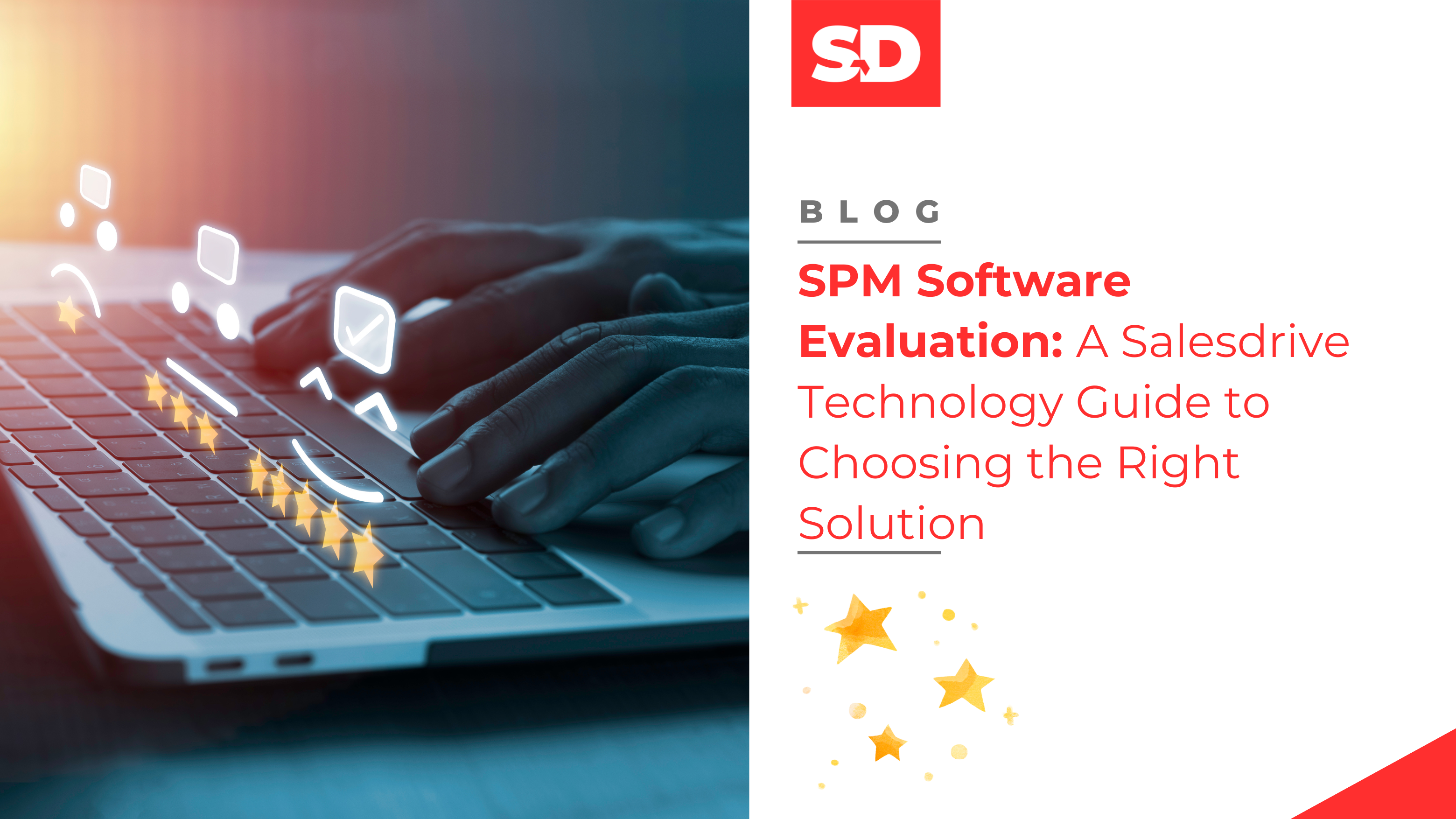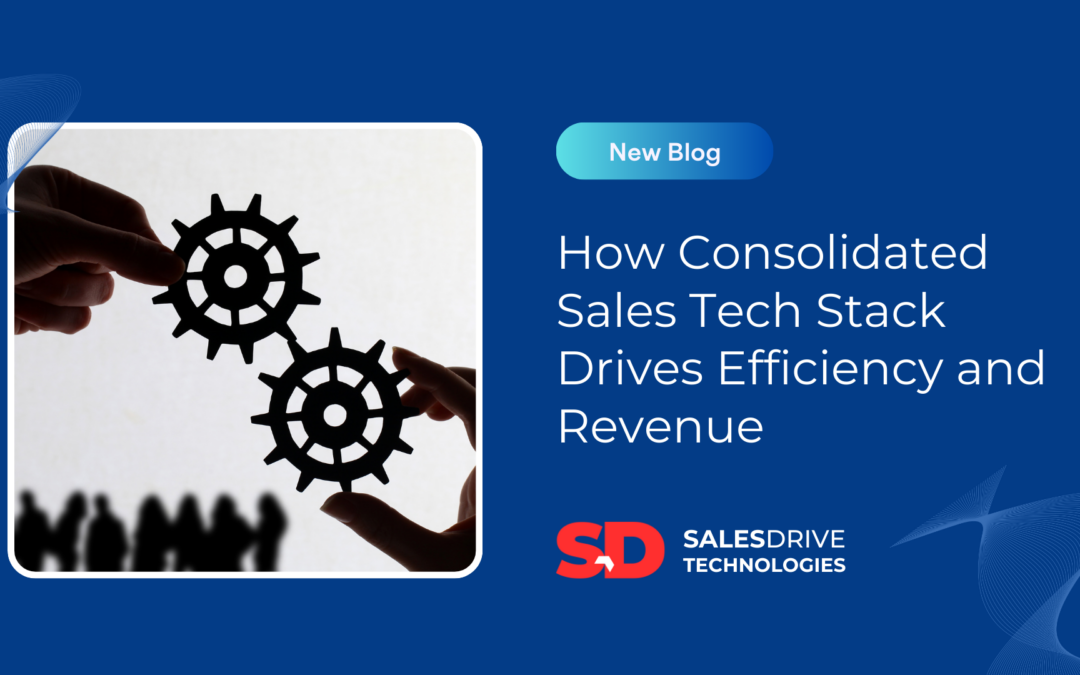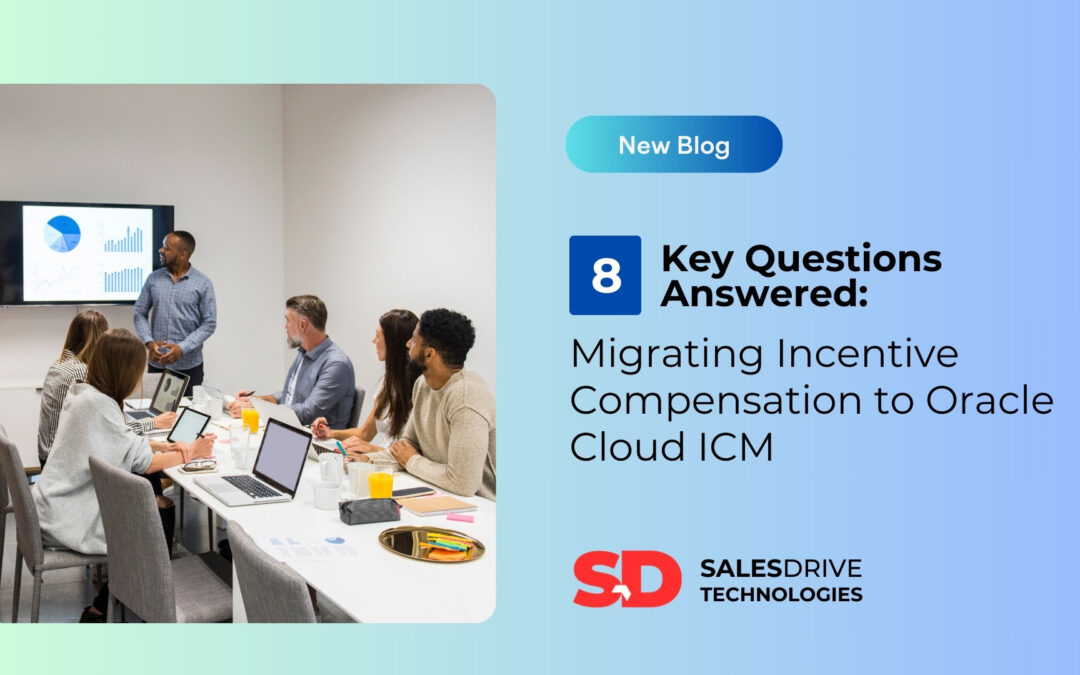Introduction
Sales Performance Management (SPM) software has transformed traditional sales management into data-driven, streamlined operations. It arms sales teams with the power to navigate the ever-evolving sales arena, capitalize on emerging opportunities, and ultimately achieve business growth.
As your business expands, the need for new software invariably arises. This need may arise due to the necessity of replacing an outdated system or implementing a new solution to streamline a cumbersome process. However, there are various options available in the market. That makes it even more confusing to pick the right solution. Every software comes with a plethora of features and functionalities. It becomes a daunting task to ensure that the chosen software aligns with your business needs. And how do you even know that your selected software is the right one?
In this article, we will answer these questions and more. We will provide a comprehensive guide to evaluating SPM software, including its key features, evaluation criteria, and Salesdrive Technologies’ approach to SPM software evaluation. By the end of this article, you will have a clear understanding of how to evaluate SPM software and make an informed decision for your business.
What is SPM Software?
SPM software is an all-encompassing solution that encompasses operational and analytical functions designed to automate and unite back-office operational sales processes. By implementing SPM software, businesses can streamline various aspects of their sales operations, including goal setting, data analysis, and incentive management.
Factors and Nuances to consider for SPM Software Evaluation
Evaluating SPM software is a critical step in harnessing its full potential. A comprehensive evaluation process, tailored to the unique needs and goals of an organization, serves as a guide to navigating the sea of SPM software options.
By meticulously assessing the features, capabilities, and compatibility of each solution, businesses can make informed decisions that align with their strategic objectives and ensure they are implementing the right tool for the job.
Critical Factors that impact SPM Software Choice
SPM software evaluation goes beyond simply comparing feature lists. It delves into the intricacies of each solution, examining how effectively it addresses specific business challenges and supports the organization’s overall sales strategy. This evaluation process sheds light on factors such as:
-
- User Interface and Usability: A user-friendly interface is essential for seamless adoption and utilization of the software. Evaluation should assess the clarity, intuitiveness, and overall user experience to ensure the software is easy to navigate and implement.
- Scalability and Flexibility: As businesses grow and evolve, their SPM software needs should adapt accordingly. Evaluation should consider the scalability of the software to accommodate future growth and its flexibility to adapt to changing sales strategies and processes.
- Integration Capabilities: SPM software should seamlessly integrate with existing CRM, ERP, and other business systems to streamline data management and eliminate silos. Evaluation should assess the integration capabilities of each solution to ensure smooth data exchange and workflow efficiency.
- Vendor Support and Expertise: The quality of vendor support is paramount for successful software implementation and ongoing maintenance. Evaluation should consider the vendor’s reputation, responsiveness, and expertise in providing comprehensive support to ensure any issues are resolved promptly and effectively.
A Collaborative Effort for Informed Decisions
SPM software evaluation is not a solo endeavor. It requires collaboration between various stakeholders within the organization, including sales leaders, IT professionals, and end users. By bringing together diverse perspectives and expertise, businesses can gather a holistic understanding of their SPM software needs and make informed decisions that align with the entire organization’s goals.
Making the Right Choice for Sales Success
A well-structured SPM software evaluation process is an invaluable investment in the future of sales performance. By thoroughly assessing the available options and considering the specific needs of the organization, businesses can select the right SPM solution that empowers their sales teams to achieve higher levels of performance, drive revenue growth, and contribute to overall business success.
Essential Functional Features to look for in SPM Software
To maximize the impact of SPM software, it’s crucial to understand the key features that empower businesses to optimize their sales performance. Let’s delve into the core functionalities that set apart the best SPM solutions:
-
-
- Incentive Compensation Management (ICM): Motivating Sales Performance Through Reward
SPM software provides the tools to design, implement, and manage incentive compensation plans that align with business goals and individual performance. This empowers businesses to create personalized rewards structures that motivate sales reps to achieve targets, driving overall sales growth.For instance, a company can implement a tiered incentive plan where sales reps earn increasing bonuses based on their percentage of quota exceeded, encouraging them to stretch their performance horizons.
- Territory Management: Optimizing Sales Coverage for Maximized Results
SPM software offers territory management capabilities that enable businesses to efficiently divide market segments, assign responsibilities, and track performance across different regions. This ensures that sales efforts are focused on the most profitable areas, optimizing sales coverage and maximizing resource allocation.For example, a company can use SPM software to identify high-potential customer segments and assign them to top-performing sales reps, ensuring that valuable opportunities are not missed.
- Quota Management (QM): Setting Clear Goals for Sales Success
SPM software provides advanced quota management tools that allow businesses to establish personalized quotas, track progress, and provide timely feedback to sales reps. This clarity of goals helps sales reps stay focused and motivated, driving them to achieve their targets.For instance, a company can use SPM software to set quotas based on individual sales history, market conditions, and overall company goals, ensuring that targets are achievable and aligned with broader objectives.
- Objectives Management: Breaking Down Goals for Effective Action
EffectiveSPM software empowers sales teams to break down their goals into actionable objectives, ensuring that every action contributes to achieving overall targets. This provides a clear roadmap for individual and team performance, making it easier to track progress and identify areas for improvement.For example, a sales rep can use SPM software to break down their annual sales goal into quarterly, monthly, and weekly objectives, allowing them to break down the challenge into manageable steps and stay on track throughout the year.
- Advanced Analytics: Data-Driven Insights for Informed Decisions
Data is the lifeblood of sales improvement. SPM software equips businesses with powerful analytics tools that enable them to extract insights from vast amounts of data, identify trends, and make informed decisions. This data-driven approach helps businesses optimize their sales strategies, allocate resources effectively, and identify areas for improvement.For instance, a company can use SPM software to analyze sales data to identify which products are selling well, which marketing campaigns are generating the most leads, and which sales reps are consistently outperforming others, allowing them to make informed decisions about product development, marketing investments, and sales training.
- Natural Language Processing and Exploration: Unlocking Hidden Insights from Unstructured Data
Unlocking the power of unstructured data is crucial for gaining a deeper understanding of customer behavior and sales trends. SPM software with natural language processing (NLP) capabilities can analyze emails, social media interactions, and customer feedback to provide valuable insights. This helps businesses identify common themes, sentiment, and trends, allowing them to tailor their sales strategies and customer engagement approaches accordingly.For example, a company can use SPM software with NLP to analyze customer feedback from surveys, emails, and social media interactions to identify common pain points and preferences, enabling them to develop more effective sales pitches and product offerings.
- Gamification: Transforming Sales into an Engaging Competition
Transforming sales into an engaging competition can boost motivation and drive performance. SPM software with gamification features allows businesses to incorporate game-like elements, such as badges, leaderboards, and rewards, to incentivize sales reps. This gamification approach transforms sales into a fun and competitive environment, encouraging sales reps to go the extra mile to achieve targets and earn recognition. - Mobile Apps: Real-Time Access to Crucial Information on the Go
In today’s mobile-first world, providing sales teams with access to crucial information on the go is essential. SPM software with mobile apps provides real-time access to performance data, customer information, and sales enablement tools. This ensures that sales reps have the information they need to make informed decisions and close deals anytime, anywhere.For instance, a sales rep can use the SPM software mobile app to check their progress towards quotas, view customer profiles, and create and update opportunities from their mobile device, enabling them to stay productive and engaged even when away from the office.
- Incentive Compensation Management (ICM): Motivating Sales Performance Through Reward
-
By carefully evaluating these key features, businesses can identify the SPM software that best aligns with their specific needs and objectives. A comprehensive SPM solution can empower sales teams to achieve higher levels of performance, drive revenue growth, and contribute to overall business success.
Salesdrive Technologies Approach to SPM Software Evaluation
Salesdrive Technologies is a leading provider of sales performance management (SPM) solutions. Our approach to SPM software evaluation is based on a deep understanding of our clients’ business needs and objectives. We work closely with our clients to identify their unique requirements and develop customized solutions that meet their specific needs.
Our evaluation process involves the following steps:
-
-
- Discovery: We start by conducting a discovery session with our clients to understand their business goals, sales processes, and current challenges.
- Assessment: We then assess the client’s current sales performance management methodology and any existing SPM software to identify areas for improvement.
- Recommendation: Based on our assessment, we provide recommendations for SPM software solutions that align with the client’s business needs and objectives.
- Implementation: We work with our clients to implement the chosen SPM software solution, ensuring that it is configured to meet their specific requirements.
- Training and Support: We provide comprehensive training and support to ensure that our clients are able to use the SPM software effectively and achieve their sales performance goals.
-
At Salesdrive Technologies, we have helped numerous clients optimize their sales performance through our SPM software solutions. Here is a case study that highlight our success:
Case Study: Transforming Sales Performance in a leading Healthcare Industry
A leading provider of medical devices, faced challenges in managing their sales compensation process, ensuring compliance, and providing real-time visibility into sales performance data.
Seeking a solution to address these challenges, the company turned to Salesdrive Technologies.
Top Customer Objectives and Challenges
-
-
- Reduce manual effort: Eliminate the manual effort of maintaining the administrative end-to-end compensation process within the system.
- Mitigate compliance risk: Ensure compliance with compensation regulations by tracking Compensation Plan Acceptance and Payment Approvals within SPM.
- Enhance sales performance visibility: Provide real-time visibility into compensation metrics and Compensation Plan Effectiveness for the salesforce, managers, and executive management.
-
In its pursuit of optimal Sales Performance Management (SPM) software, Salesdrive conducted a thorough evaluation, considering factors like User Interface, Scalability, Integration, and Vendor Support. This meticulous process ensured alignment with the company’s objectives. Subsequently, Salesdrive delivered a tailored SPM solution, streamlining compensation management, mitigating compliance risks, and enhancing sales performance visibility.
Key Benefits Achieved
-
-
- Completed Implementation in 16 weeks: The implementation process was completed efficiently within 16 weeks, ensuring a smooth transition to the new system.
- Timely Payments: Sales reps received timely and accurate compensation payments, boosting morale and motivation.
- Low dispute volumes: The reduction in manual errors and improved accuracy of compensation calculations led to a significant decrease in compensation disputes.
- Visibility into Plan Information: Sales reps and managers gained real-time access to detailed compensation plan information, enhancing their understanding of compensation structures and incentives.
- Reduction of manual administrative effort by 80+%: The automation of the compensation process streamlined administrative tasks, freeing up valuable time for sales reps and managers to focus on revenue-generating activities.
-
Results Achieved
-
-
- Streamlined compensation management: The SPM software automated the compensation process, reducing manual effort by over 80%, leading to faster and more accurate compensation calculations.
- Enhanced compliance: The software’s tracking capabilities ensured compliance with compensation regulations, mitigating the risk of non-compliance penalties.
- Improved sales performance visibility: Real-time visibility into compensation metrics and Compensation Plan Effectiveness empowered the salesforce, managers, and executive management to make data-driven decisions and optimize sales strategies.
-
Salesdrive’s SPM software solutions proved to be a valuable tool for the company, helping them optimize their sales performance, mitigate compliance risks, and enhance visibility into sales performance data. The company’s success story demonstrates the power of SPM software to transform sales operations and drive business growth in the healthcare industry.




